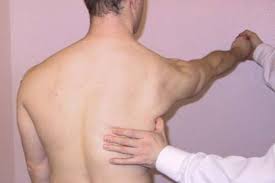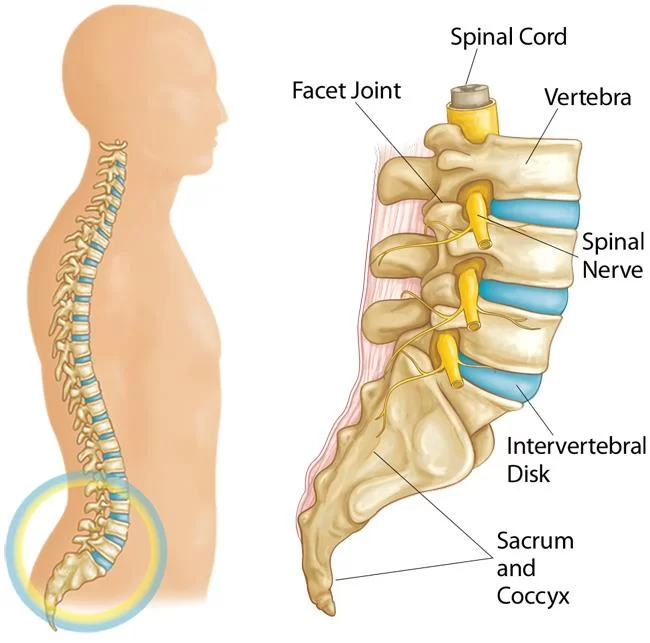Soft Tissue Mobilization
What is a Soft Tissue Mobilization?
Soft tissue mobilization (STM) is a system of manual techniques using low-load, long-duration forces applied in approximation, traction, and torsion vectors to improve mobility between overlying and adjacent connective tissue layers throughout the body.
Soft tissue mobilization uses stretching and deep pressure to break up stiff muscle tissue, release muscle tension, and move fluids trapped in tissues that cause pain and inflammation. STM is used to treat soft tissue injuries including sprains and muscle strains. It is a type of manual therapy.
STM helps release tight muscles, reduce scarring, and stretch and lengthen fascia to improve range of motion.
STM for ankle sprains, back pain, carpal tunnel syndrome, neck pain, shoulder impingement, and hip and knee pain is a safe and effective form of conservative treatment. The licensed physical therapists at Mobile Physiotherapy Clinic use stretching and STM to accelerate recovery and restore function to injured muscles, tissues, and ligaments.
Soft Tissue Mobilization: Types
Strain-Counterstrain: The technique uses passive positioning to relieve muscle, joint, and tissue tension. Your licensed physical therapist will identify specific pain points and hold the position for anywhere from 90 seconds to 3 minutes to release soft tissue and reduce pain and stiffness.
Graston Technique: The Graston technique uses a specially designed stainless steel instrument to treat the scar. This special technique enables faster rehabilitation. Studies show that the Graston technique for lower back pain reduces pain and increases range of motion.
ASTYM: ASTYM treatment uses a specialized plastic tool to stimulate the breakdown of scar tissue promote regeneration and improve muscle and joint function. Scar tissue can cause muscle tension, limited flexibility, and limited range of motion. ASTYM has proven to be a highly effective treatment for chronic tendinitis and bursitis as it reduces inflammation.
Manual Lymphatic Drainage (MLD): This type of soft tissue mobilization uses specific manual hand movements that follow anatomical lymphatic pathways, helping fluid movement and improving circulation. MLD for headaches, migraines, leg swelling, and more.
Manual traction: It is for sciatica or a bulging or herniated disc is an effective type of manual therapy for individuals suffering from back pain. It is a type of decompression therapy that helps release tension in the spine. Manual traction is applied pressure lasting a few seconds, stretching the spine and reducing pressure on the lumbar discs. It can also be applied as a sudden, quick stroke.
Trigger Point Therapy / Myofascial Release: Myofascial release is a manual soft tissue therapy for the treatment of chronic muscle pain and immobility. Myofascial release aims to reduce pain by releasing tension and tightness in specified areas of pain. This is a type of massage also known as “deep tissue work”.
Cross friction: This type of manual therapy aims to maintain mobility in the soft tissue structures of ligaments, tendons, and muscles and prevent scarring. It is a specific, localized massage of deep tissues, which must be applied transversely (crosswise) to the detected site of pain. Cross-friction massage is beneficial in reducing pain and regenerating connective tissue, helping the healing process.
If you suffer from back, head, hip, shoulder, or knee pain, contact Mobile Physiotherapy Clinic, Ahmedabad. We are your pain specialists and can provide safe, effective, and non-invasive approaches to improve your quality of life.
Goals of Soft Tissue Mobilization
- Decrease pain
- Reduce adhesions or Break down
- Improve range of motion
- Lengthen muscles and tendons
- Reduce swelling and edema
- Restore functionality
What is soft tissue injury?
Soft tissue injury is an umbrella term. It does cover any type of injury to your soft tissues. Common types include:
- sprain
- tribes
- bruises
- tendinitis
- bursitis
- stress injuries
These injuries mostly affect your muscles, fascia, or tendons. Fascia is the connective tissue that surrounds, supports, or connects your:
- muscles
- organs
- bones
- vessels
- Nerves
Soft tissue injuries often occur when your muscles are abnormally tight. Your muscles work by contracting, tensing, and then relaxing. They shorten when they contract, which moves the part of the skeletal system to which they are attached. If it doesn’t loosen completely, it can lead to problems, including:
- pain
- muscle weakness
- limited range of motion
- misalignment of your skeletal system
Other soft tissue injuries occur as a result of trauma. For example, you might sprain your ankle or pull a tendon in your groin.
Techniques
Like all forms of physical therapy, soft tissue mobilization relies on specific techniques that are uniquely combined to meet the needs of each individual patient. These techniques include, but are not limited to:
- Sustained pressure: Holding and pushing directly on the affected tissues
- Release spiral: Pressing on the affected tissues alternately clockwise and counterclockwise
- Direct Oscillation: Pushing and releasing affected tissues in a rhythmic, pulsating manner
- Perpendicular mobilization: Pushing at right angles to affected tissues
- Parallel mobilization: Pushing muscles along their seams
- Perpendicular strumming: Rhythmically pulsating pressure along the muscle border and then to the top of the muscle
- Friction massage: Massage of muscles, tendons, and ligaments across their grain
Latissimus Dorsi Soft Tissue Mobilization Techniques
What to do Yourself
Like other forms of physical therapy, soft tissue mobilization also requires your active participation to achieve the best results. Here are a few ways you can help optimize your results:
- Do your home exercises as directed
- maintain a normal body weight
- Do regular aerobic exercise
- Do weight training if approved by your doctor
Soft tissue mobilization is only one important element of a complete physical therapy treatment plan. If you are experiencing pain or limited functionality in any part of your body, or are recovering from an injury, ask your doctor if physical therapy is the right choice for you. Many patients find that physical therapy helps them improve function, reduce pain, and return to full form in a very short period of time than those who do not seek physical therapy.
FAQs
What distinguishes soft tissue mobilization from massage?
Although they are not exactly the same, massage therapy and soft tissue mobilization share many similarities. The main distinction between massage and soft tissue mobilization is that the former is more clinical and closely tied to healthcare. Both belong to the same family of manual treatment and apply comparable methods to produce comparable outcomes.
What is soft tissue manipulation?
The term “soft tissue manipulation” refers to a group of medical procedures used to treat soft tissues that are stiff, inflexible, or have poor circulation as a result of inactivity or strain. Additionally, it helps mobilize scar tissue, which stops long-term inflammation from returning.
What is a soft tissue mobilization technique?
Stretching and deep pressure are used in Soft Tissue Mobilization (STM) to release tense muscles, mobilize fluids that are trapped in the tissues and contribute to pain and inflammation, and break up hard muscular tissue. Muscle sprains and strains are among the soft tissue injuries that STM is used to treat.
How effective is soft tissue mobilization?
Instrument-assisted soft tissue mobilization (IASTM) therapy is a therapeutic approach in which certain therapeutic instruments are used to release soft tissues on the body’s surface by external intervention. It has been demonstrated that using this technique can help patients experience less pain and have a stronger joint range of motion.
What is soft tissue mobilization for the back?
It is a type of physical therapy (PT) where the therapist works on the muscles, fascia, and ligaments of the body to increase function. Soft tissue mobilization is a technique used to treat back pain that targets the muscles surrounding the spine.
What are the contraindications for soft tissue mobilization?
Patients with the following conditions shouldn’t undergo STM procedures unless their doctor authorizes it: An illness that spreads easily, an infection, a high body temperature, a weakened immune system. or a state of inflammation like thrombosis.
What is soft tissue immobilization?
Sports tape and/or elasticated bandages can be used to produce partial immobilization and compression. These facilitate blood flow and pain-free movement while reducing stress and movement at the site of injury.






![Oppenheim test purpose = this test is used to check the lesion of the upper motor neuron. technique = starting position of the patient for the test is the supine position. the examiner runs a fingernail along the crest of the patient's tibia. result = a negative Oppenheim test is indicated by no rection or no pain. a positive test is indicated by a positive Babinski sign [ positive pathological reflex ] & suggests an upper motor neuron lesion.](https://mobilephysiotherapyclinic.in/wp-content/uploads/2022/02/filp-test.jpg)
14 Comments